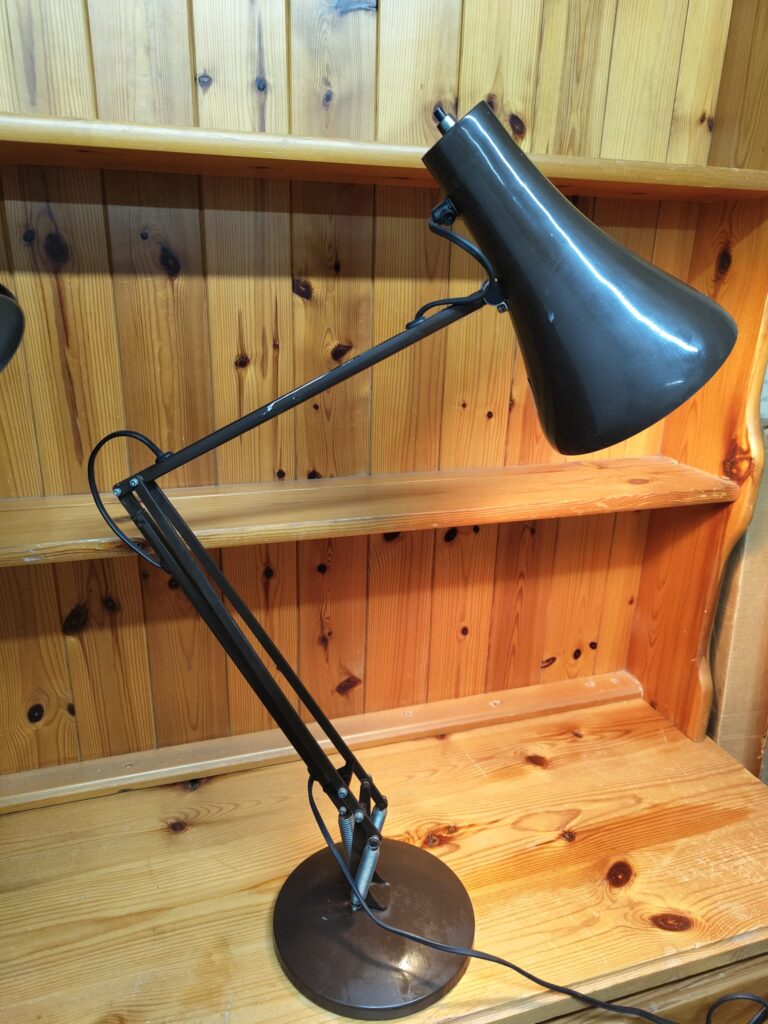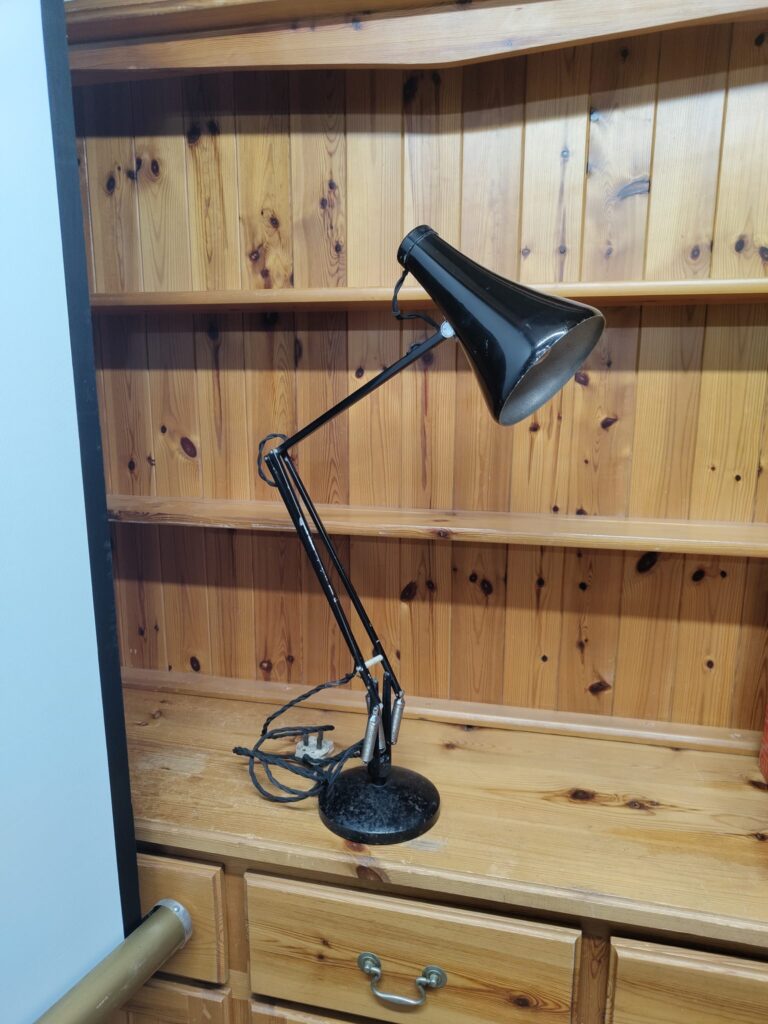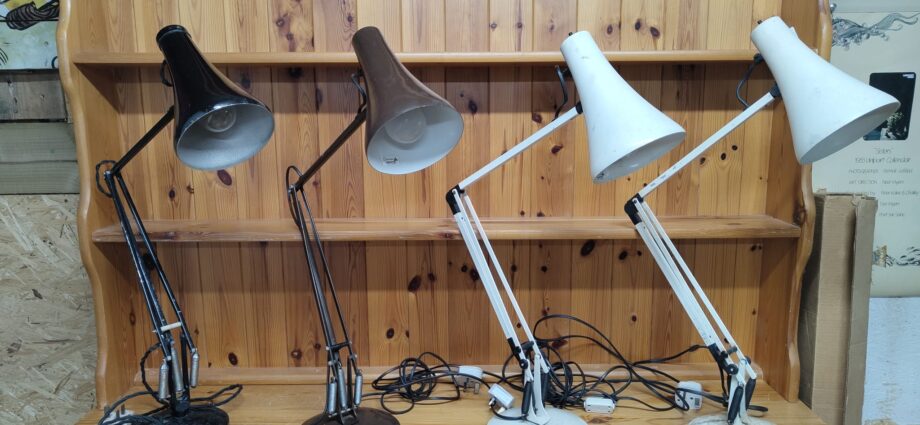The Origins of the Anglepoise Lamp
The Anglepoise lamp, a timeless and iconic piece of industrial design, has a rich history dating back to the early 20th century. Its inception can be attributed to the ingenious work of George Carwardine, a British automotive engineer and designer. Carwardine was inspired to create a balanced and adjustable lamp after encountering the difficulties of positioning a traditional desk lamp to illuminate his work adequately. In 1932, he patented his revolutionary spring and lever mechanism, which became the cornerstone of the Anglepoise lamp’s design.
The initial design featured a three-spring system, and it gained popularity for its unique ability to provide precise and stable lighting in a wide range of positions. The lamp’s distinctive appearance, with its gracefully curved arms and conical shade, was a departure from the rigid, utilitarian designs prevalent at the time. This innovation marked a significant turning point in lighting design, as the Anglepoise lamp was both functional and aesthetically pleasing.
Evolution and Cultural Impact
The Anglepoise lamp quickly captured the imagination of designers and the public alike. Over the years, the design was refined, leading to variations like the Type 75 and Type 1227 models. These iterations retained the fundamental spring and lever mechanism while adapting to modern manufacturing techniques and materials. The lamp’s versatility and timeless design made it a staple in offices, homes, and design-conscious spaces.
During World War II, the Anglepoise lamp played a crucial role in the military, used by aircraft navigators, radar operators, and as a versatile lighting solution in various wartime scenarios. This period reinforced the lamp’s reputation for adaptability and reliability.
The Anglepoise lamp also found a place in popular culture, featuring in various films, television shows, and advertising campaigns. Its association with innovation and modernity made it an enduring symbol of mid-century design. Today, it is considered a design classic and is included in the collections of prestigious museums worldwide.


Contemporary Applications and the Anglepoise Revival
In the 21st century, the Anglepoise lamp continues to be an emblem of design excellence. Its enduring appeal is due to its adaptability and ability to fit seamlessly into various settings. It has evolved to cater to modern needs with LED versions that are energy-efficient and environmentally friendly.
Contemporary applications of the Anglepoise lamp extend beyond the traditional desk setting. Designers and architects have embraced its versatile design, using it to light up homes, offices, and commercial spaces. Its adjustable nature allows for task lighting, ambient illumination, and even artistic installations.
The Anglepoise company has also experienced a revival in recent years, with a renewed focus on craftsmanship and sustainability. They have expanded their product range, introducing new designs while maintaining the timeless aesthetic and functional principles. Their commitment to quality and innovation ensures that the Anglepoise lamp will continue to shine brightly in the world of design for generations to come.
In conclusion, the history of the Anglepoise lamp is a testament to the enduring power of innovative design. From its origins as a solution to an engineer’s problem, it has become a symbol of modernity and continues to adapt and thrive in the ever-changing world of design and lighting.
I hope to revisit the subject of Anglepoise lamps looking further into the life and works of George Carwardine. Also looking into Herbert Terry and Sons who were licenced to manufactured the product. Please keep a look at our blog section for a further blog on this in the coming months.
